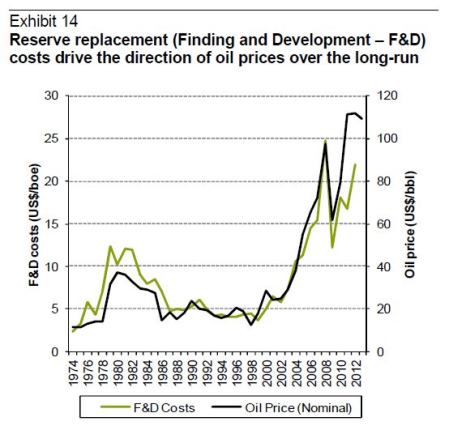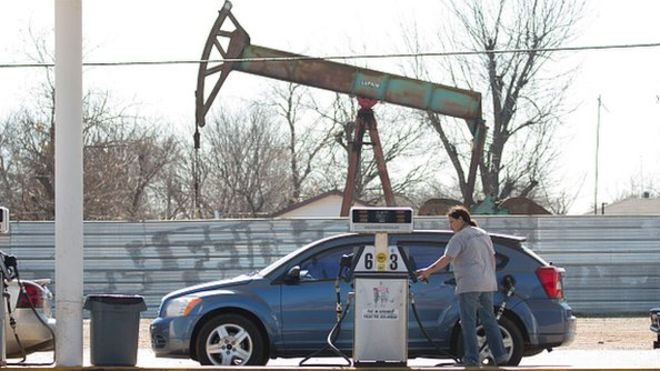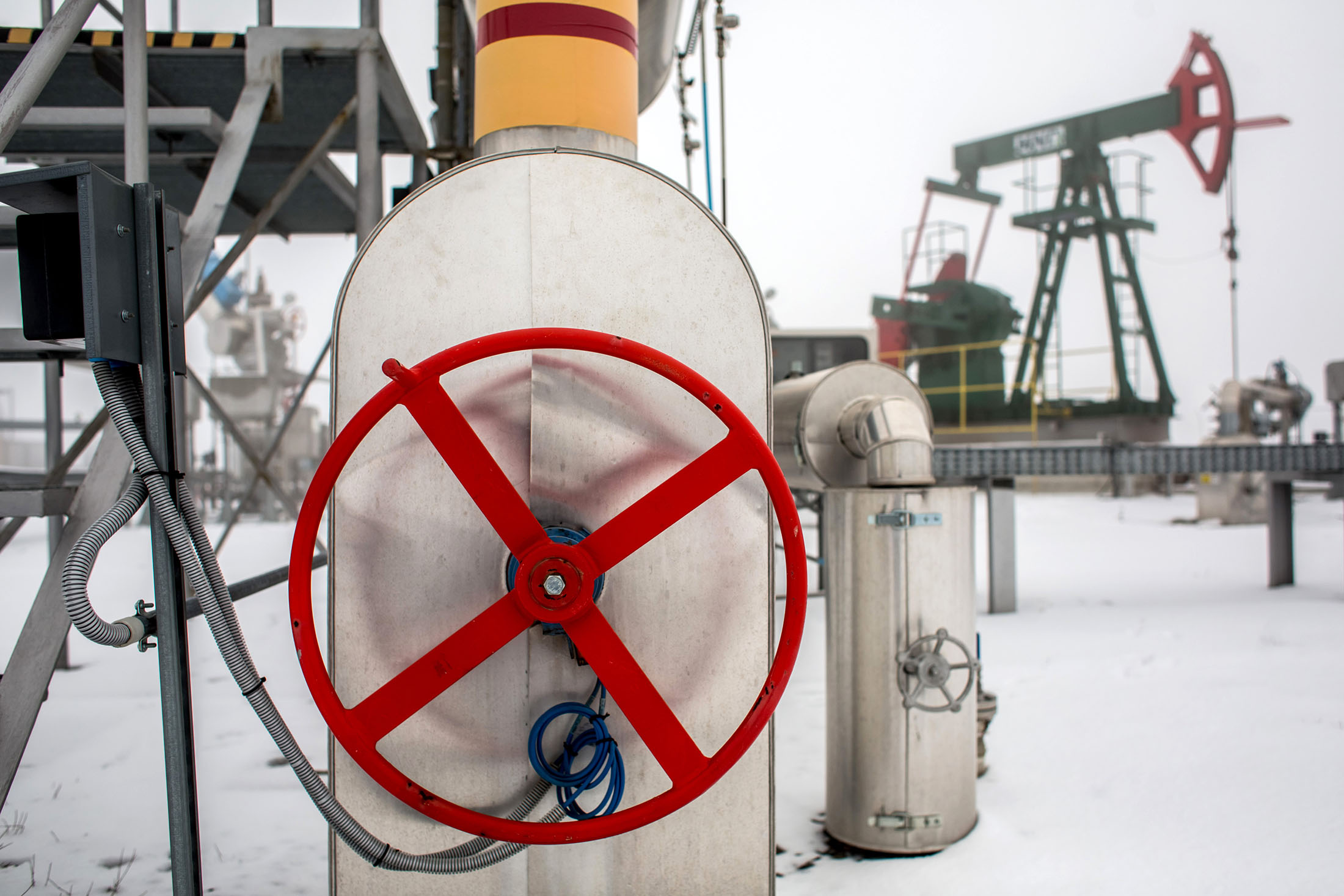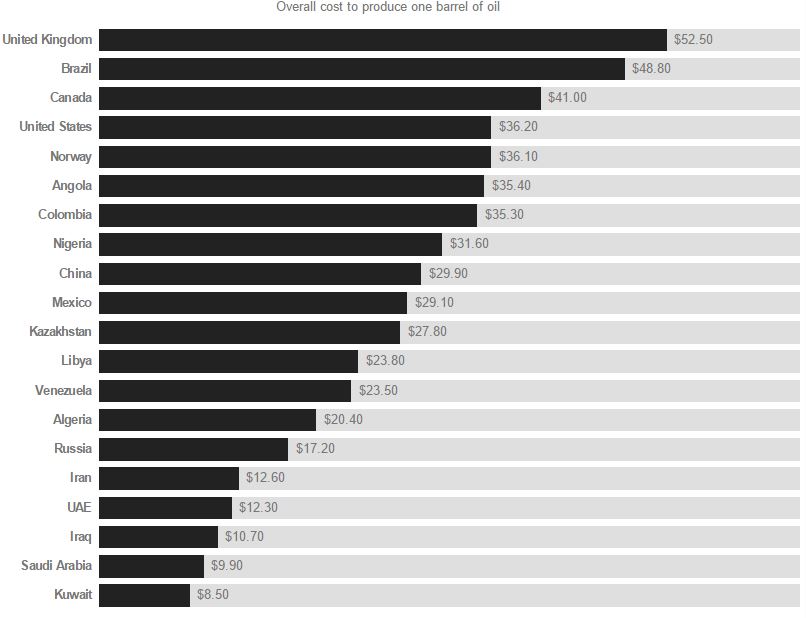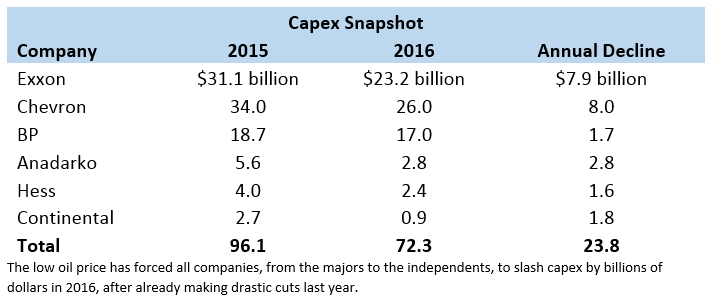(CNN) A history of oil’s booms and busts. The oil price crash has squeezed investment in the industry to the weakest levels in 30 years. Capital expenditure on global oil exploration and production is expected to fall 17% in 2016, following a 24% drop in 2015, according to the International Energy Agency’s medium term outlook.
That will be the first time since 1986 that upstream investment has fallen for two consecutive years, the agency said, warning that the collapse could be storing up problems for consumers further down the track.
“It is easy for consumers to be lulled into complacency by ample stocks and low prices today, but they should heed the writing on the wall: the historic investment cuts we are seeing raise the odds of unpleasant oil-security surprises in the not too distant future,” said IEA Executive Director Fatih Birol on Monday.

